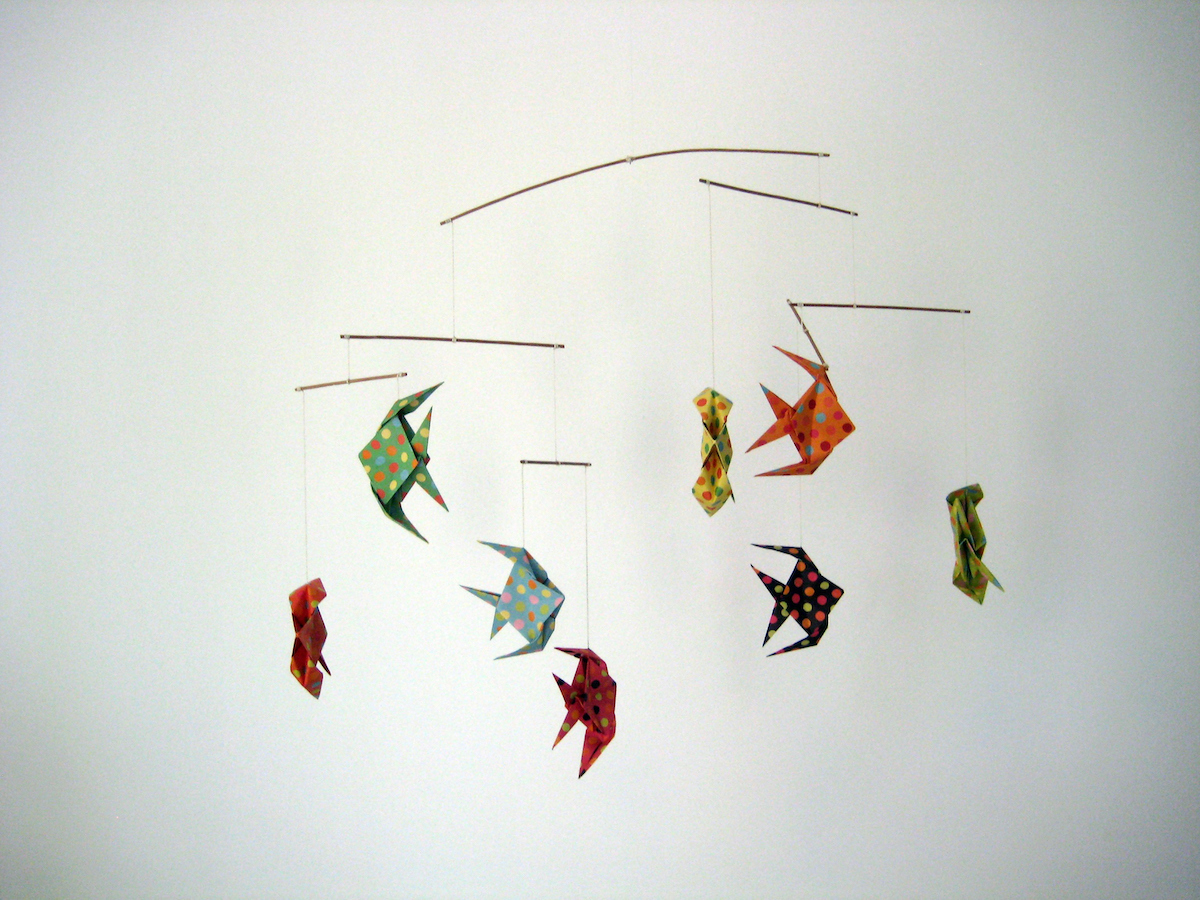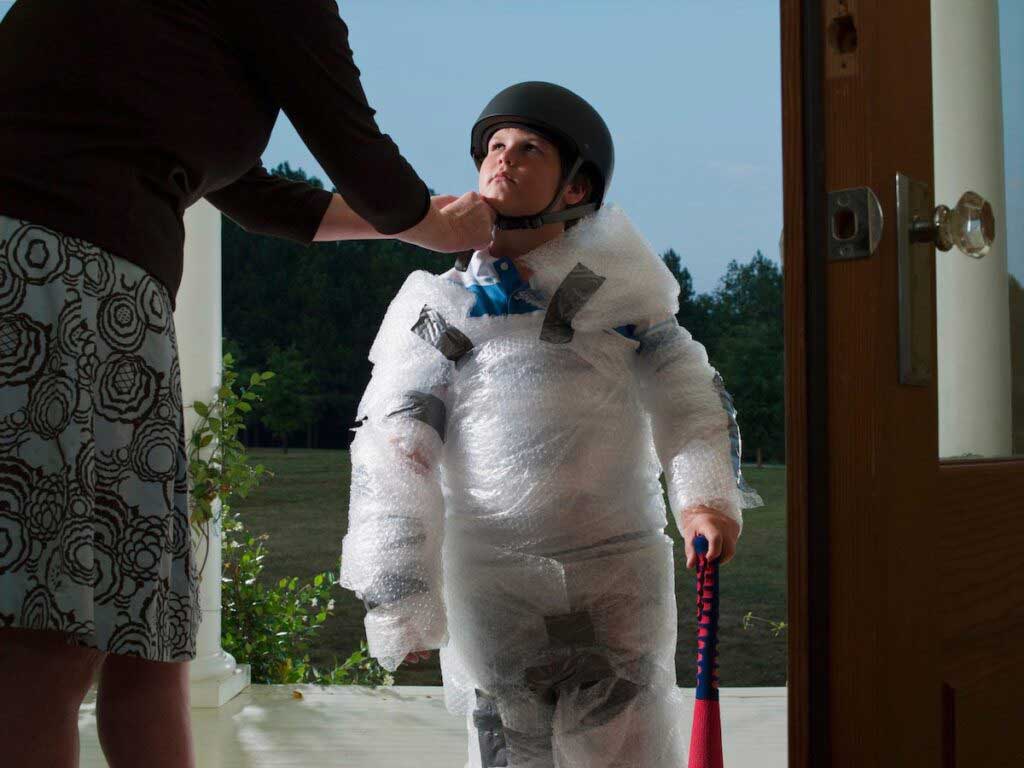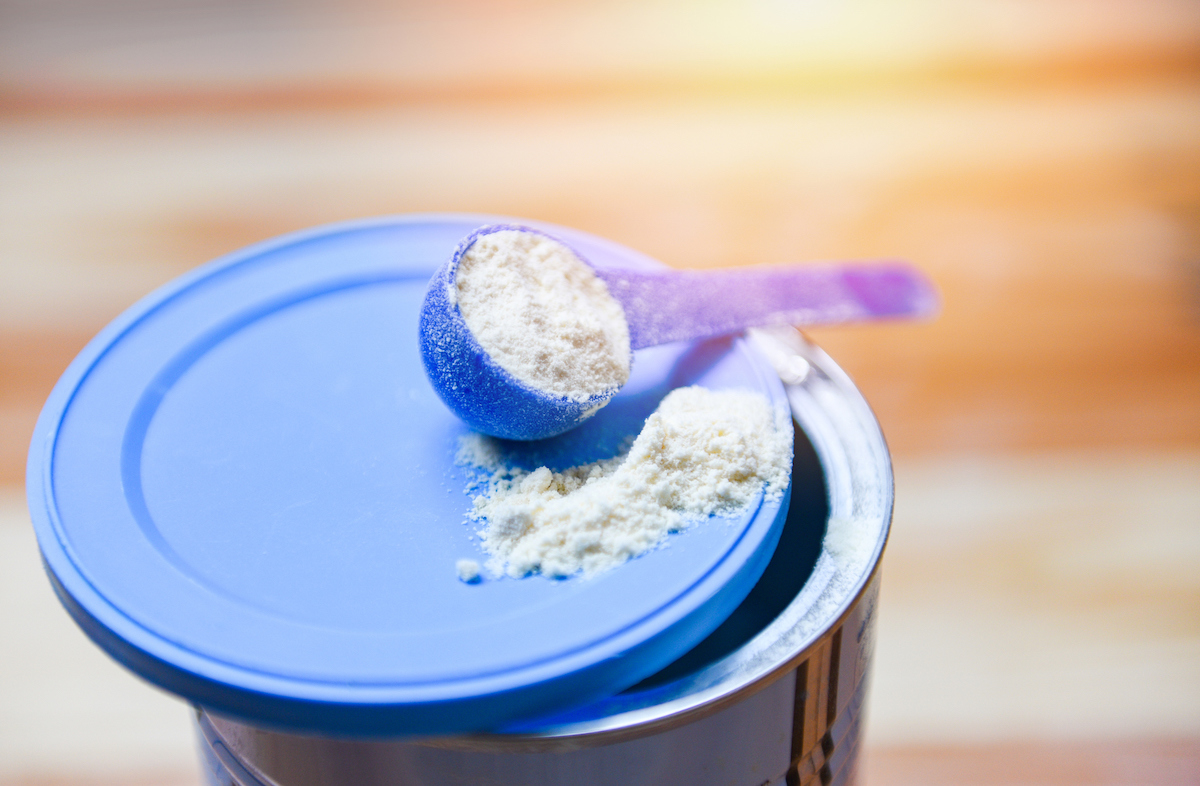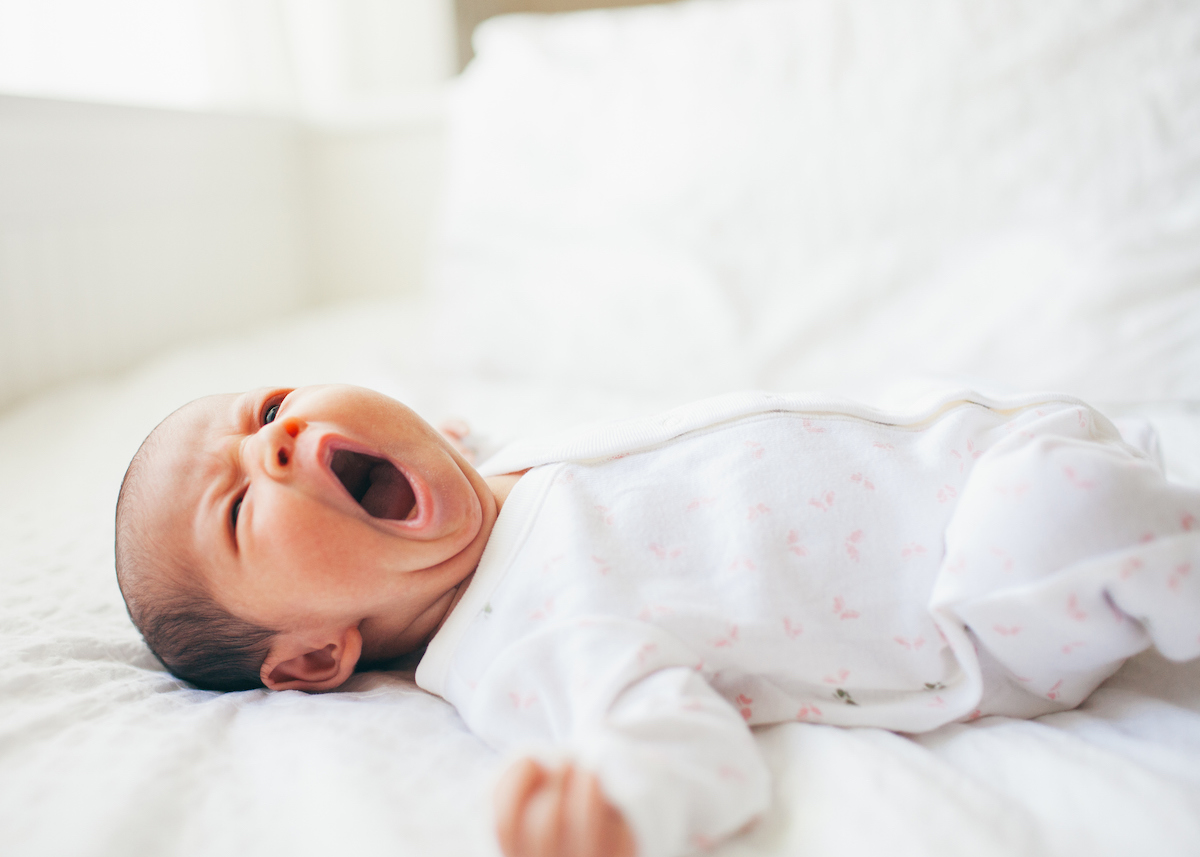Within the past couple of weeks, the American Academy of Pediatrics (AAP) released updated guidelines on at least two topics: breastfeeding and safe sleep. AAP guidelines, which are developed by groups of pediatricians, are intended to help doctors provide evidence-based advice to patients. For the most part, the revised guidelines echoed what had been said before. But there were a few additions, and I think it is safe to say not everyone was pleased with them.
In the case of breastfeeding, in particular, news reports talked about a move from recommending a year of breastfeeding to recommending two years. In a moment when many parents already feel overwhelmed and guilty about not doing enough, the suggestion that there is yet more we should be doing (or should have been doing) was a bit of a gut punch. “Read the room!” said a friend on a Zoom last week.
When new guidelines like this are released, a natural question is why and, more specifically, what changed in the data or social fabric to push it forward. I want to talk through that today, for both the breastfeeding and sleep guidelines.
Both guidelines are long, and there is too much to discuss everything. I’m going to focus on a smaller set of the changes that have prompted the most questions: the two years of breastfeeding and, for sleep, guidelines on room sharing, weighted sleep sacks, and hats. The TL;DR on all of these is that they are largely not based on the best data, and many worries are overstated. In the end, I’ll briefly reflect on why this might be.
Breastfeeding
The updated AAP guidelines can be found here. Much of the discussion — especially on the value of breastfeeding under six months — echoes what was in earlier guidelines. I’m not going to spend time on that now. As I’ve said before, I think many (not all, but many) of these benefits are overstated and based on flawed research designs. You can read more about that in my chapter from Cribsheet here.
What I want to comment on is the discussion of more extended breastfeeding. I think it’s worth pulling out much of the paragraph on this directly. The AAP says:
The AAP supports continued breastfeeding, along with appropriate complementary foods introduced at about 6 months, as long as mutually desired for 2 years or beyond. Studies and meta-analyses have also confirmed the impact of breastfeeding longer than 12 months on maternal health in decreasing maternal type 2 diabetes mellitus, hypertension, breast cancer, and ovarian cancer rates (Table 2). Mothers who decide to breastfeed beyond the first year need support. They often report feeling ridiculed or alienated in their choice and conceal their breastfeeding behavior to minimize unsolicited judgment and comments.
The way this paragraph is constructed, I think the broad goal is to provide support to women who choose to breastfeed for longer than a year. The AAP is trying to normalize that choice. That seems broadly good. If extended breastfeeding works for your family, that’s great, and judgment about it (or any parenting choice) isn’t helpful.
Where I break from the AAP, though, is in this sentence: Studies and meta-analyses have also confirmed the impact of breastfeeding longer than 12 months on maternal health in decreasing maternal type 2 diabetes mellitus, hypertension, breast cancer, and ovarian cancer rates.
These statements simply do not have good support in the data. One basic issue is correlation versus causality: women who breastfeed for longer are different in other ways. This is especially true with extended breastfeeding, which is quite unusual. Beyond that, though, the fact that this choice is rare means that in many cases the data in the studies simply doesn’t speak to the value of extended breastfeeding directly.
For example, the authors cite a paper linking breastfeeding to maternal hypertension. This is among the better papers methodologically — there are some controls included, the sample size is large, it’s a prospective study and not a case-control. The controls are not very extensive, and I continue to worry about residual confounding. But apart from that: what the study shows is that breastfeeding for longer than 12 months is associated with a lower risk of hypertension than never breastfeeding or breastfeeding briefly. The study cannot differentiate statistically between breastfeeding for (say) nine months versus a year. And there is nothing about two years.
Or another example: The paper covering studies of Type 2 diabetes has some variation over a year of breastfeeding but uses total breastfeeding across all children, which is a different thing altogether.
As I write about in Cribsheet, there is some evidence of breast cancer reduction in women from breastfeeding, which may scale with the total length of time. But these effects are small, and we don’t have power in the data to talk consistently about six months versus a year versus two years.
The bottom line here is that this sentence of the AAP’s guidelines is not evidence-based. In my view, it’s unfortunate that the authors decided to include it. It is very possible to say that breastfeeding choices should be supported without saying that it’s because of diabetes! We should support this choice for whatever reason people choose to make it.
Sleep guidelines
The revised sleep guidelines are here. Again, much of this echoes earlier guidelines. Babies should sleep on their back. Bed sharing is dangerous. These are all topics that deserve their own newsletter (back sleeping I’ve talked about before here). But there are three changes that deserve discussion.
Room sharing
Prior guidelines recommended sleeping in the same room as your baby through a year to reduce the risk of SIDS. The new guidelines changed this to six months. The older guidelines said “ideally for a year, but at least for the first six months.” The new ones say “ideally for the first six months.”
Reading the technical report, I think the reason for the change is the growing evidence that infants who sleep in their own room by four months sleep better at four months, better at nine months, even better at 30 months.
On the flip side, the risk of SIDS is dramatically lower after four months, and the evidence in favor of the protective effect of room sharing is quite weak (both overall and even more so after four months). Putting this all together, the AAP made the change.
It’s worth asking why this recommendation continues at all — or why the authors didn’t push it back to four months. What they say in the document is that because decreased arousals from sleep are linked to SIDS, this could mean that sleeping in their own room is risky. But this link is extremely indirect, and they do not show direct evidence to support it.
Weighted blankets and swaddles
A second big change was a recommendation against weighted blankets and swaddles. These are products like Nested Bean and Dreamland Baby swaddles. The statements in the AAP materials are fairly stark. They say, for example: Weighted swaddle clothing or weighted objects within swaddles are not safe and, therefore, not recommended.
This statement implies, to me, that there is some demonstrated evidence of lack of safety, perhaps evidence that has arisen since the last time the guidelines were written. However, the only evidence cited in this discussion is a paper that demonstrated that weighted blankets could be used safely (and with some efficacy) among a sample of 16 infants with neonatal abstinence syndrome. To be clear: this paper is evidence of safety. There is no data cited suggesting danger.
My sense, reading between the lines, is that the AAP is reacting to a lack of wide-scale direct evidence that these products are safe, combined with a theoretical concern that heavy blankets could imperil breathing. It chose to discuss these issues at this time because the products are becoming more popular.
Hats
The final change I wanted to discuss is a new prohibition on infant hats.
In prior iterations of its guidelines, the AAP has noted concerns with overheating as a risk of SIDS. I talked about that evidence in this post a month ago. The evidence on heat overall is a bit sparse, but in this iteration, the organization has taken it one step further to express concern about the heat generated by infant hats.
The data cited is from a single paper. This is a case-control study in Australia that looked at a large number of possible relationships between clothing and bedding and SIDS. The paper finds that in 8.3% of SIDS cases, a hat (“bonnet”) was worn, versus only 5.2% of control infants. This difference is statistically significant.
However: the paper runs a lot of tests, and this raises concerns about overinterpreting any one result. The authors find, for example, a much stronger statistical link between SIDS and wearing socks than between SIDS and wearing hats. They also find that wearing a nightgown is protective, but wearing “stretch and grow” leggings is associated with an elevated SIDS risk. It’s not clear what any of this means.
In fact, the authors do not make much of any of these results. They note: “Significant differences in the type of products used by case and control infants occurred, and may be related to the difference in season of interview between cases and controls.” Basically, they may have observed more SIDS infants in the winter, when hats (and socks) are more common.
Without belaboring the point, to take from this paper the conclusion that infants shouldn’t wear hats seems … a stretch. The data would more strongly support a “no socks” conclusion. Put differently: if the AAP is convinced by this one study that hats are dangerous, it should also be convinced that socks are dangerous, and nightgowns are protective.
Reflection
I find some of these changes frustrating (obviously). This is true for two reasons.
First: in many cases, these guidelines (new and old) fail to acknowledge other family considerations. Breastfeeding for two years has practical costs and may have mental health costs, or physical downsides. Sharing a room with a child may have negative impacts on both child and adult sleep. There is little, if any, help given to families in navigating these trade-offs. Even when there is acknowledgment of the existence of a trade-off, the framing is often set up to imply that there is a “best” choice, and then some other worse choices if you cannot do that.
This is especially problematic when the benefits are so tentatively supported in the data. People are being told to make choices that may be very costly to them because of some theoretical risk, or some risk demonstrated only in very biased samples. It’s hard to see how this is a good trade.
A second issue is that as more and more restrictions on behavior are added, it becomes less and less easy to prioritize. There are some behaviors that are important for safe sleep — putting a child down on their back, for example. And then there are some, like not giving your kid a hat, that do not matter. When these are all presented together as a package, it can be challenging for parents to identify which things are important (I’ve written more about that here). And as the list gets longer and longer and starts to include things that seem ridiculous (like hats), it makes the good recommendations seem less important.
I believe it is possible to create a more coherent, more data-based set of guidelines that would help parents prioritize better. For now, what we have is flawed.

















